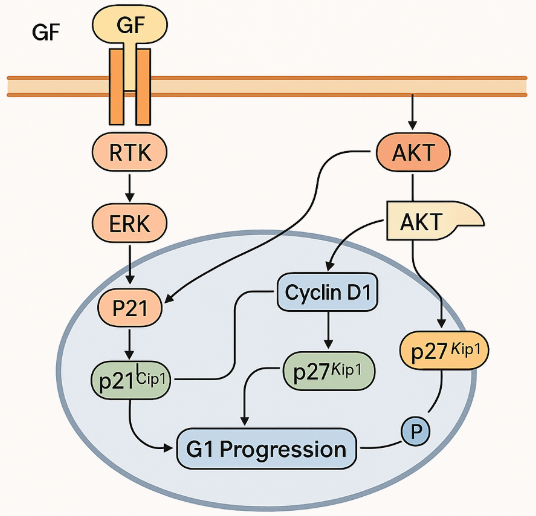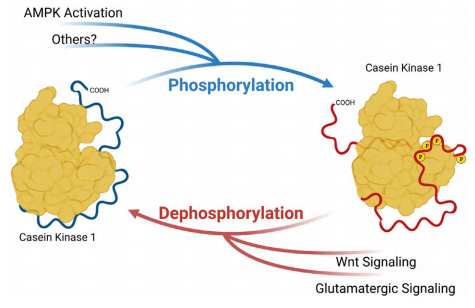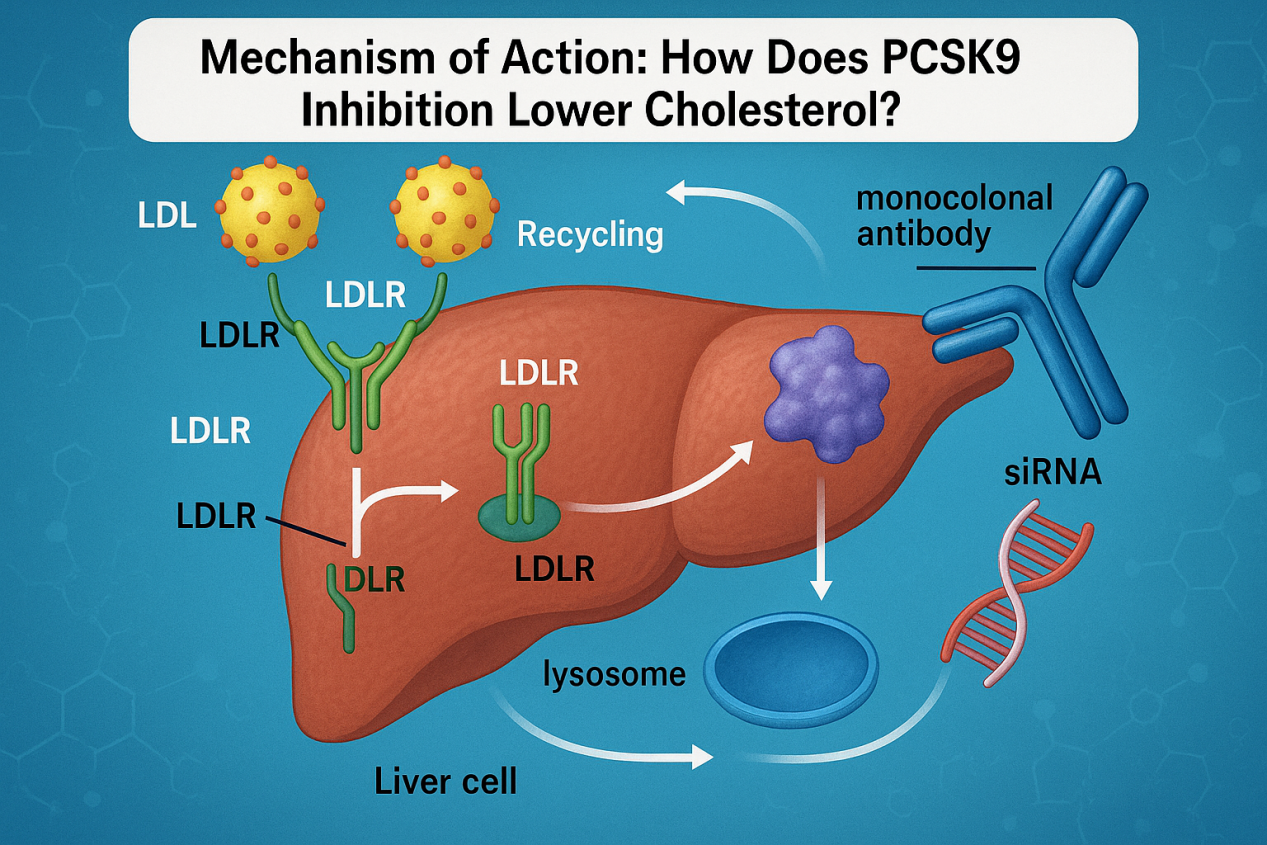How does diphenhydramine treat allergic reactions?
Abstract
Diphenhydramine hydrochloride is a derivative of ethanolamine, which can compete with histamine to antagonize H1 receptor, thereby inhibiting histamine-mediated allergic reactions. It is the first approved antihistamine drug in the United States. In 1943, Dr. George Rieveschl, a professor at the University of Cincinnati, discovered diphenhydramine hydrochloride when studying the synthesis process of scopolamine. As an H1 receptor blocker, diphenhydramine hydrochloride can completely antagonize the contraction of gastric, intestinal, tracheal, and bronchial smooth muscle by histamine. It also significantly inhibited the increase of capillary permeability and edema caused by histamine. It has obvious antiemetic and sedative effects, and the duration of action is relatively short.
In recent years, given the increasing number of allergic diseases, people have had high hopes for the further development of new anti-allergic drugs. Since the discovery of 2- [N-piperidylmethyl]-1,4-benzodioxane with antihistamine activity in 1933, the antihistamine activity of amino ether compounds was further studied. In 1943, it was reported that diphenhydramine has good antihistamine activity. It has been one of the most commonly used antihistamine drugs in the clinic for many years. However, its application is limited due to side effects such as drowsiness and sedation.
What is allergic reaction?
Allergic diseases are common multiple diseases. The incidence of allergic diseases has increased significantly in the past few decades. It has become a public health problem that has long been a global concern. It is one of the diseases that seriously affect human health in the 21st century. Allergic reaction, known as ” allergic disease ” in medicine, belongs to an immune dysfunction disorder. It is a clinical reaction caused by the combination of specific antibodies in the body and foreign antigen substances and then stimulated by allergic mediators released by basophils and mast cells. The main phenomena include local vasodilation, organ smooth muscle contraction, increased vascular permeability, and glandular secretion enhancement.
How to symptomatic treatment?
With the discovery of allergic reactions, anti-allergic drugs have also been developed accordingly. Antihistamines are the most commonly used antiallergic drugs in clinical practice. Histamine is the earliest discovered autoreactive substance, which is widely found in various tissues of the human body. It is mainly composed of granules of mast cells and basophils. There are at least three subtypes of histamine receptors in the target cells of the human cardiovascular system, skin, smooth muscle, and stomach, namely histamine H1, H2, and H3 receptors, which exist in skin blood vessels and smooth muscles, digestive tract secretory glands, and nerve tissues, respectively. Histamine can produce powerful biological effects after binding to receptors. Among them, the histamine H1 receptor is closely related to type I allergy (allergic reaction). Histamine H1 receptor antagonist prevents histamine from acting on target cells by its reversible competition for histamine receptor sites on cells and exerts anti-allergic effects by blocking and antagonizing H1 receptors to prevent a series of physiological reactions.
Physicochemical properties of diphenhydramine hydrochloride
Diphenhydramine hydrochloride is a white crystalline powder; no smell, or bitter taste, and then there will be paralysis. It is easily soluble in water, soluble in ethanol and chloroform, slightly soluble in acetone, and slightly soluble in ether. The melting point is 167-171°C. Diphenhydramine hydrochloride is an effective anti-allergic drug, which can reduce the body’s response to histamine, eliminate all kinds of allergic diseases, resist allergic reactions, detumescence, relieve itching, and can also be used for drug eruptions, urticaria, neurodermatitis, allergic dermatitis, mosquito bites and skin itching and other allergic diseases. The treatment is effective and the clinical effect is good. Diphenhydramine hydrochloride can be prepared into tablets, injections, creams, and other preparations, which is convenient for clinical use and improves patient compliance.
Pharmacological effects of diphenhydramine hydrochloride
Diphenhydramine hydrochloride has an anti-histamine H1 receptor effect and has a strong inhibitory effect on the center. It can be used for allergic diseases related to skin and mucosa, including allergic rhinitis, urticaria, hay fever, etc. As related derivatives of ethanolamines, although the antihistamine effect is not as good as promethazine, and the duration of drug action is relatively short, the sedative effect is the same. In addition, diphenhydramine hydrochloride also has local anesthesia, an anti-M-choline-like effect, and antiemetic effect.
Antihistamine effect: Diphenhydramine can preferentially bind to the H1 receptor on the effector cells to avoid the binding of histamine to the H1 receptor and further prevent the onset of allergies.
Antitussive, sedative-hypnotic effect: it can directly act on the cough center of medulla oblongata to avoid cough reflex; the mechanism of inhibiting central nervous activity is not clear.
Can reduce the related allergic reactions caused by blood transfusion and plasma: Usually, antihistamine drugs such as diphenhydramine hydrochloride are used before blood transfusion, and diphenhydramine hydrochloride is often given an intramuscular injection of 40 mg. Attention should be paid to the screening of blood donors, and blood donors with a history of allergies should be avoided as much as possible. Repeated infusion of blood from the same blood donors to avoid antigen-antibody reactions. For example, when there is an anti-IgA antibody in the recipient, red blood cells after washing can be infused. This washing method can remove the IgA antibody of the donor to prevent allergic reactions.




